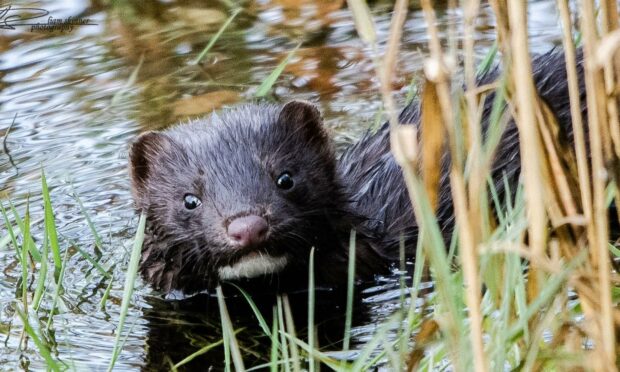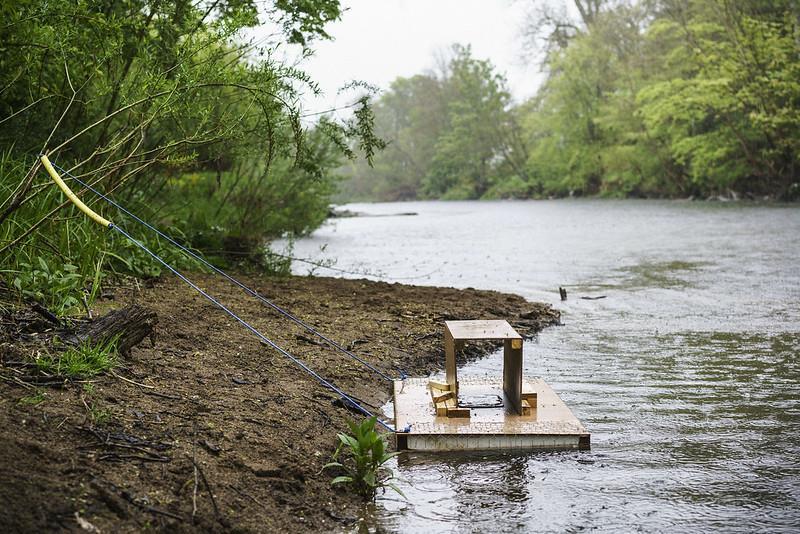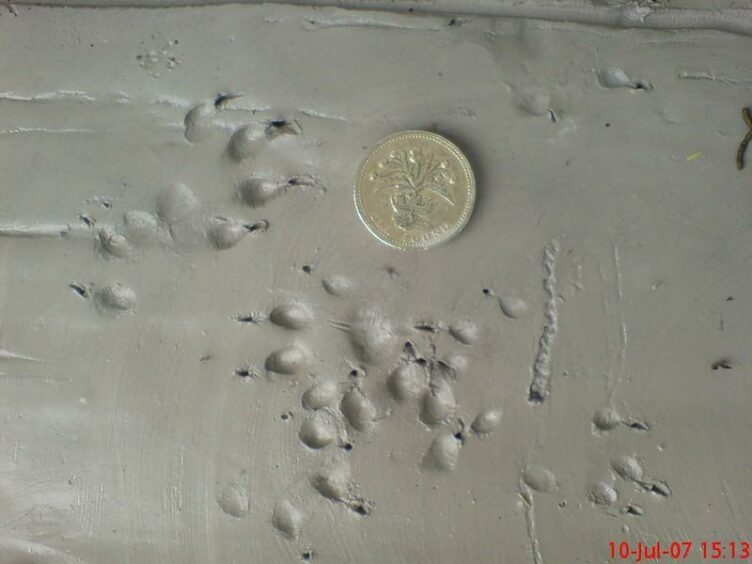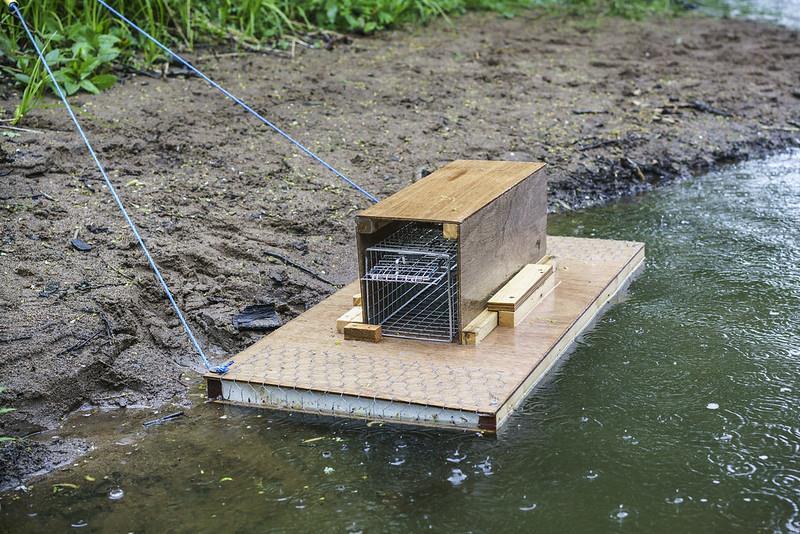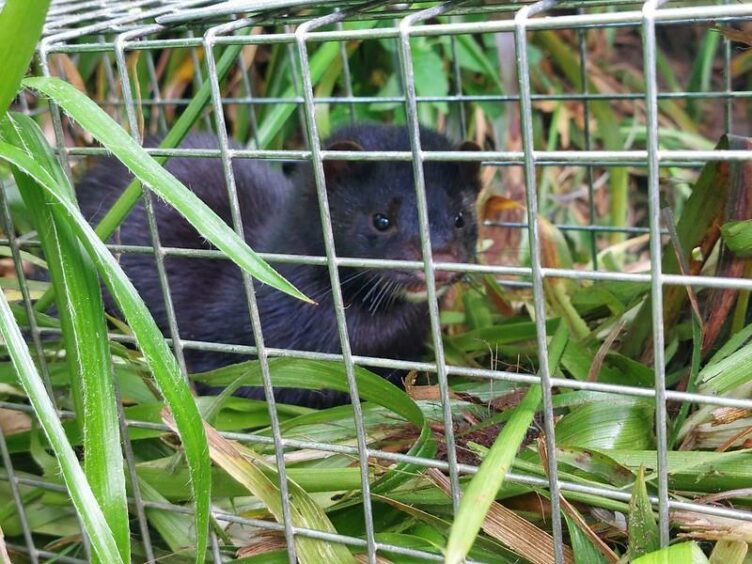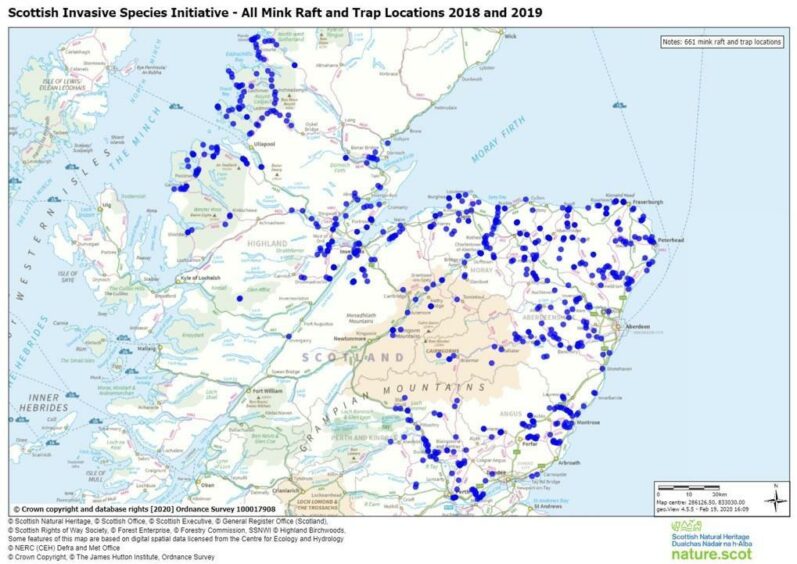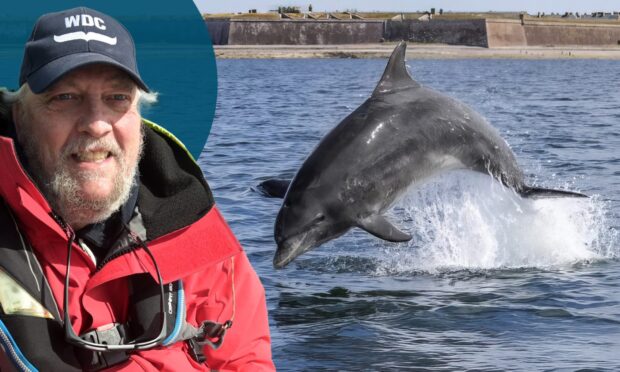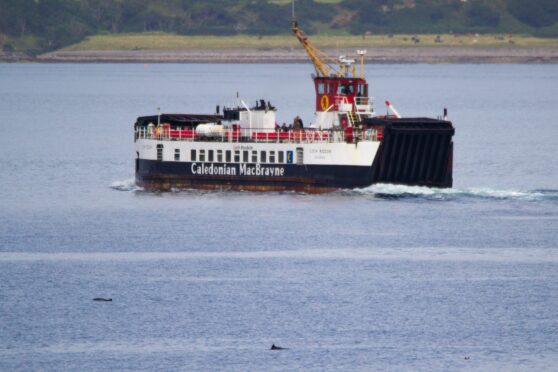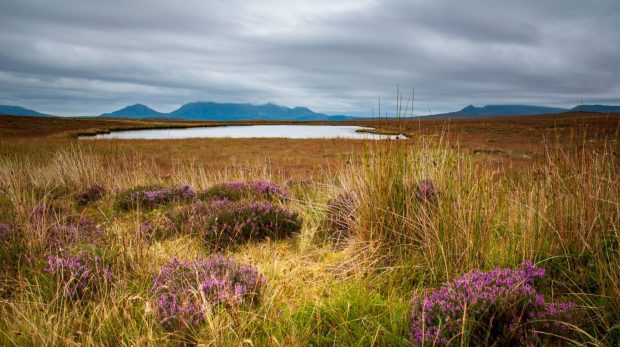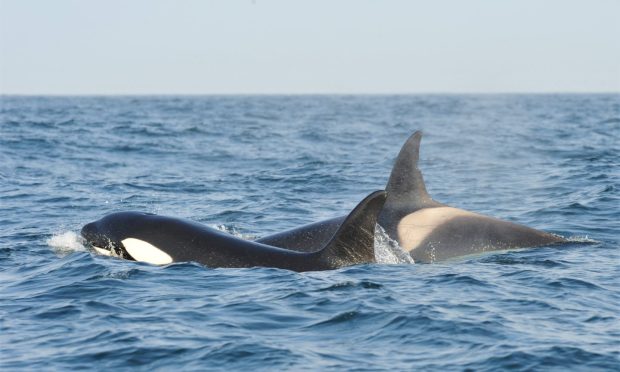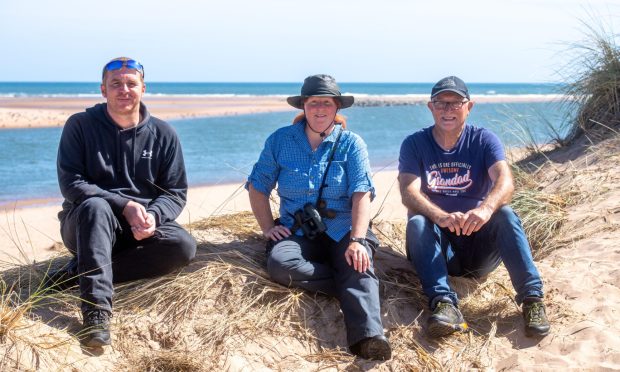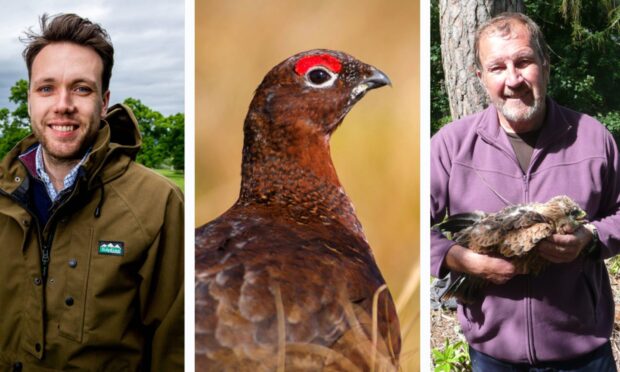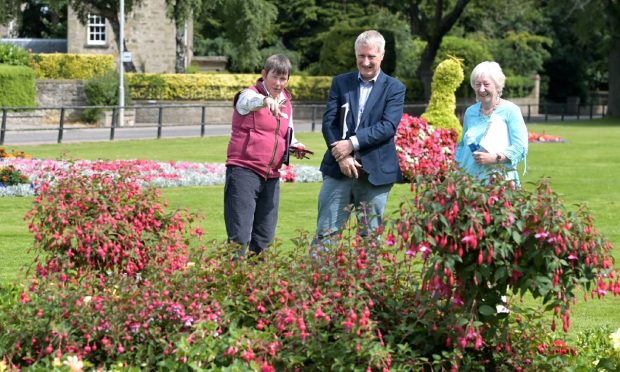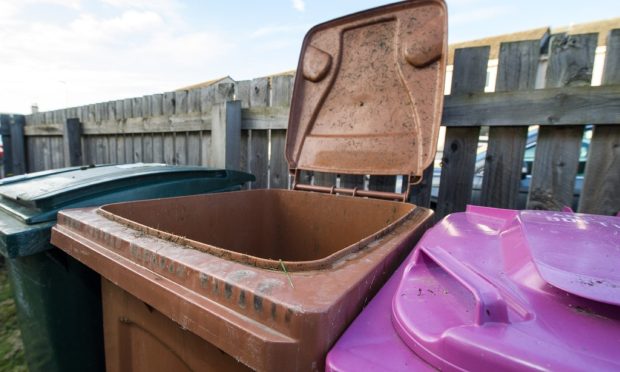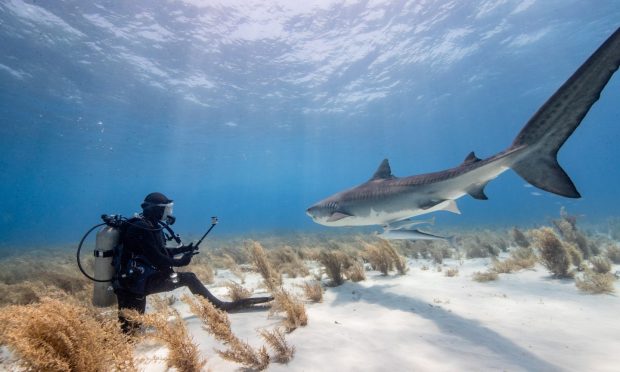The Scottish Invasive Species Initiative is looking for volunteers to help with its American Mink control programme in Aberdeenshire.
The call for help comes as the species’ breeding season begins and their aggressive behaviour towards other animals intensifies.
This makes April and May a particularly important time for monitoring and trapping minks to avoid increased death of other species.
American Minks are considered an invasive species as they are not native to Scotland and negatively impact local biodiversity.
What wildlife do Aberdeenshire’s American Minks kill?
The American Mink has been partly responsible for the near extinction of the European Mink, which is now listed as critically endangered.
Mink are also thought to be responsible for the disappearance of the moorhen from the Outer Hebrides, and they are credited with being responsible for the 94% decline in water vole populations.
Callum Sinclair, project manager at Scottish Invasive Species Initiative (SISI), said: “American Mink are also very effective predators of birds that nest on the ground such as Lapwings. The mink can easily access the eggs or young birds.
“They are known to attack farm animals and also eels and fish which can damage fish populations too”.
How did they get here?
The American Mink is native to North America and was brought to the UK to establish fur farms in 1929. The first Scottish fur farm opened in 1938 and minks escaped that same year.
Since then, there has been a rapid spread of wild mink with many of them escaping fur farms in the Grampian area.
The fur farming industry in the UK was banned in 2000 under the Fur Farming (Prohibition) Act, but nothing was done about the escaped animals.
Four years later one of the first mink control projects on mainland Scotland was initiated at the River Ythan.
Following the removal of the minks, zoologists at Aberdeen University noticed that River Ythan became a stronghold for water voles.
The success of this project led to increased mink culling across Scotland.
How does mink control work?
Minks are caught in traps which are monitored by volunteers.
But before traps are installed, Mink monitoring rafts are set up which float on the edge of a river or burn.
Minks, being inquisitive creatures, will investigate and go through the wooden tunnel where they leave their paw print marks on a clay pad.
Mr Sinclair said: “There is very little you can do to eradicate the American mink because they can travel over long distances to find new territories but you can control them effectively”.
If prints are found, an SISI member or volunteer deploy a live capture trap into the tunnel to catch the mink.
SISI use live capture traps so any non-target species, like pine marten or young otters, can be released safely and unharmed. Putting the traps onto rafts also reduces the likelihood of catching non-target species as not many animals take to water.
Mr Sinclair said: “Once you’ve captured an invasive species you aren’t allowed to release it again so they are killed on sight.
“We use an air weapon and it’s a single shot to the head. It is the recognised method for killing the American mink”.
The SISI mink control project has been running since 2018.
Between 2018 and 2020, 371 minks were caught at 172 locations.
How to get involved
There are around 650 rafts and traps across the north of Scotland and they are looked after by around 350 volunteers.
But more volunteers are always needed, particularly during mating season in May.
“We are a volunteer-based project. If you would like to volunteer you can contact us on our website,” Mr Sinclair said.
“We need people to set up monitoring devices, traps and to check on them.
“We have a dedicated team that kill the American mink so volunteers do not have to do that”.
You can volunteer here with Aberdeenshire’s American Mink programme.
